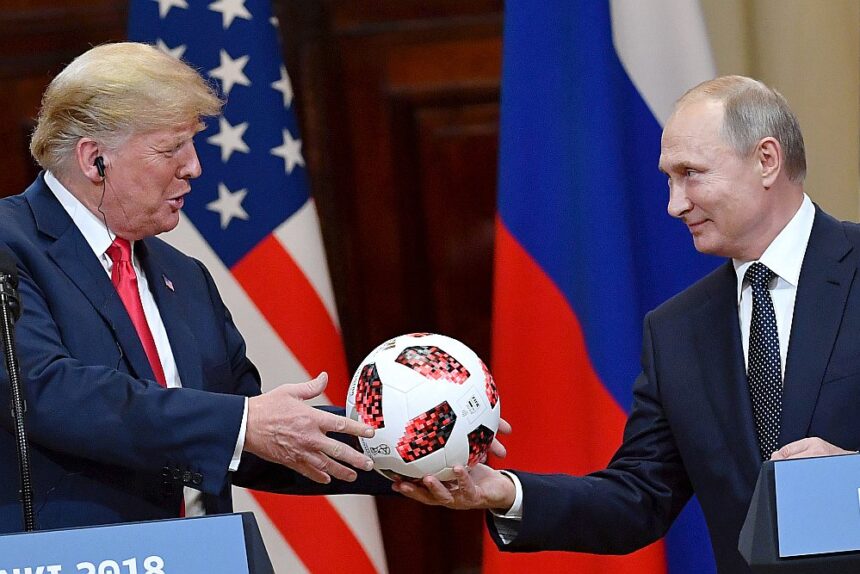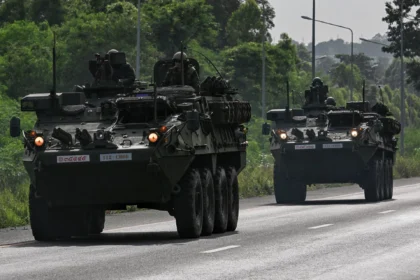President Donald Trump has announced plans to impose sweeping 25% tariffs on all imports from India, citing stalled trade talks and India’s continued purchase of Russian oil and military hardware, according to reports from CNN.
In a statement on his platform Truth Social, Trump sharply criticized India’s trade practices—highlighting some of the highest tariffs globally and imposing restrictive non-tariff barriers.
“India may be our friend, but their trade policies have cost us dearly. They repeatedly buy weapons from Russia and are among its top energy buyers alongside China, at a time when the world demands Russia end its aggression in Ukraine. That is unacceptable.”
Trump added that he now considers India a low priority in his diplomatic agenda.
“Frankly, I don’t care what India does with Russia. Their tariffs are too high, and if they want to damage their own economy, that’s their choice.”
In recent weeks, Trump has focused heavily on tariff-based trade strategies. His administration has already wrapped up agreements with Japan and the European Union designed to enhance U.S. export access to foreign markets. Trump also teased a potential deal with Pakistan—possibly tied to developing its oil reserves—and quipped, “Maybe they’ll sell oil to India someday.”
Despite months of negotiations, U.S.–India officials have failed to reach a mutually acceptable trade agreement. Trump’s growing frustration now jeopardizes bilateral relations. A senior White House official, speaking anonymously, confirmed:
“He expects full removal of barriers. ‘Partial steps’ are no longer sufficient.”
Trump has explicitly given a deadline: if no tangible trade deal is signed by August 1, the 25% tariff goes into effect. Kevin Hassett, director of the National Economic Council, noted that the move may prompt India to rethink its trade policies.
“These tariffs may push India to open up market access. We could even encourage them to invest in U.S. manufacturing or ease regulations for foreign firms.”
Trump has also escalated pressure on countries still importing Russian oil, warning of possible secondary sanctions. India—accounting for about 35% of its oil imports from Russia—faces the highest exposure, followed by Iraq, Saudi Arabia, and the UAE.
U.S. Treasury Secretary Scott Beause emphasized the seriousness of the threat during talks with Chinese officials:
“Any nation buying sanctioned Russian oil must be prepared to deal on our terms.”
A ceasefire deadline in Ukraine has been extended to August 8. If conditions don’t improve, the U.S. may take direct action against Russia’s energy partners, including India. Officials are reportedly considering issuing formal notification of forthcoming sanctions to India—a step already communicated to other countries.











